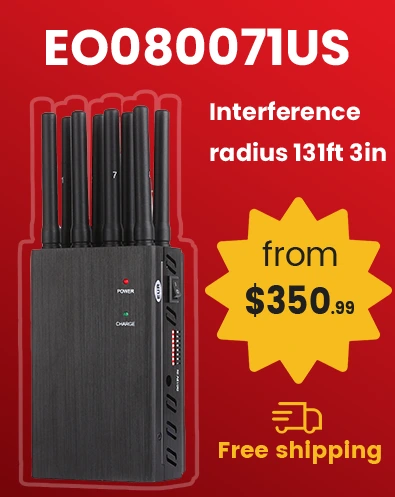Bundesnetzagentur
The Bundesnetzagentur, or BNetzA for short, is the federal regulatory agency under the German Ministry of Economic Affairs and Climate Action, responsible for the regulation of infrastructure such as telecommunications, energy, railways, postal and electronic networks.
Responsible for managing and allocating radio spectrum to ensure fair competition in the telecommunications market. Spectrum management for mobile operators such as Deutsche Telekom, Vodafone and O2 to ensure network coverage and quality. Mobile phone jammers can only be deployed in certain places (such as prisons) according to law and must be approved by BNetzA.







